Taking your family on a guided tour can create incredible memories. Yet not all tours are created equal when it comes to keeping little ones happy and engaged. The difference between a magical family adventure and a meltdown often comes down to choosing the right tour operator — one who truly understands family needs.
Smart parents know that a truly kid-friendly tour goes far beyond just allowing children to participate. Here is a list of 19 essential features to look for when booking your next family adventure.
Age-Appropriate Content
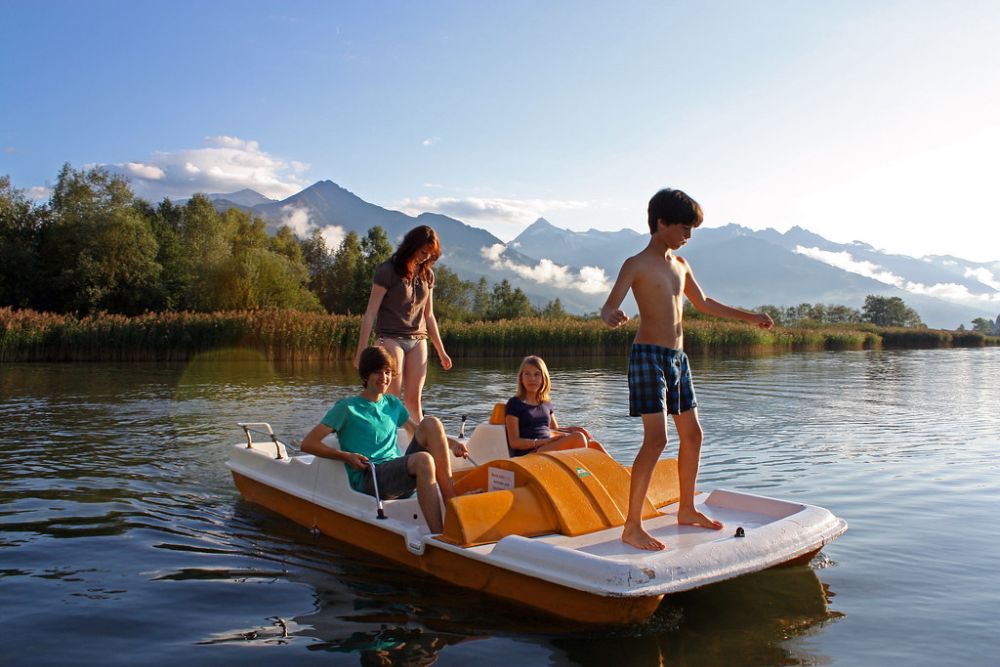
The best family tours tailor their stories and activities to match young attention spans and interests. Instead of dry historical lectures, look for guides who use props, costumes, or interactive storytelling to bring destinations to life. A good rule of thumb? Finding tours that explicitly mention age ranges rather than vague ‘family-friendly’ labels.
Reasonable Duration
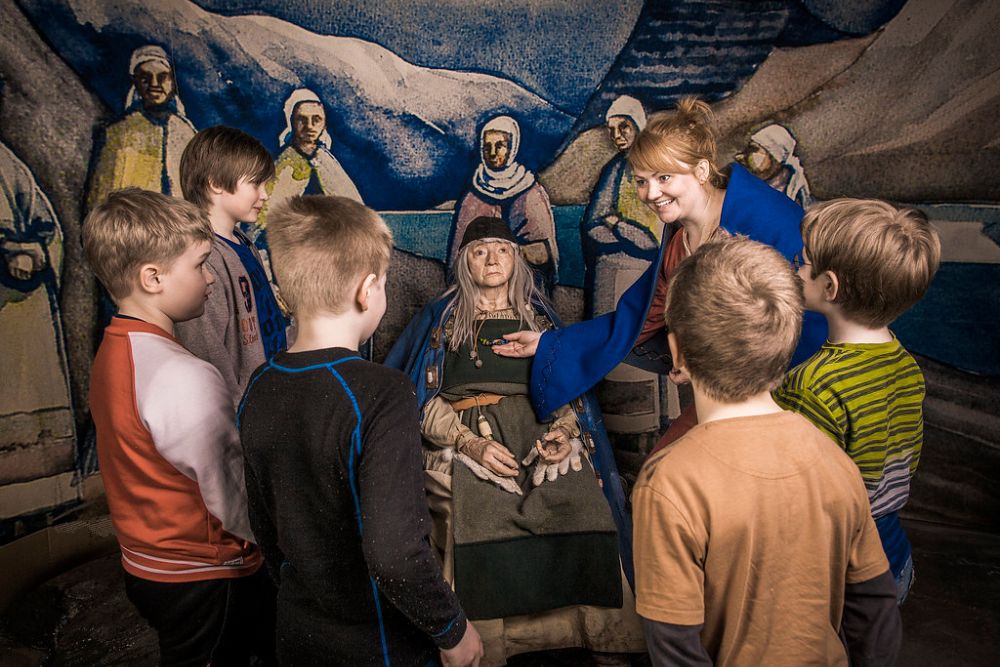
Most kids can handle about one hour of focused activity per year of age. A 4-year-old might do well with a 4-hour experience if it includes breaks and variety. Tours longer than 3 hours should include significant downtime or meal breaks, though even the most enthusiastic 8-year-old can hit a wall quickly when walking becomes the main activity.
Like Travel Pug’s content? Follow us on MSN.
Interactive Elements
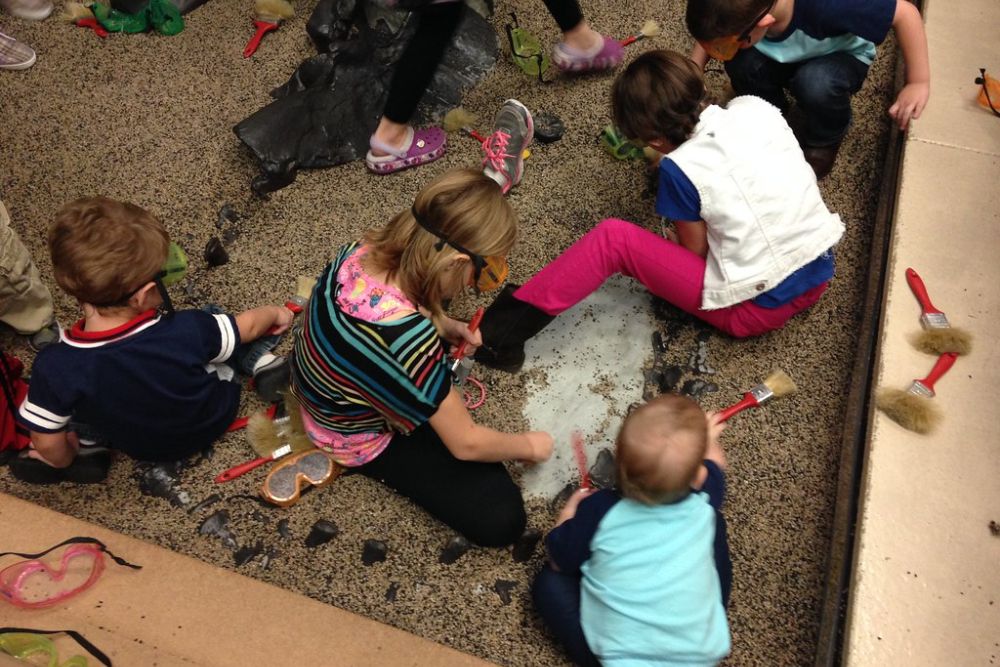
Passive observation rarely works for children. Seek out tours that encourage participation through scavenger hunts, hands-on demonstrations, or simple tasks. The best kid-focused tours turn participants into explorers rather than observers, while treasure maps, touch-and-feel exhibits, or chances to help with demonstrations keep everyone engaged.
Educational Value
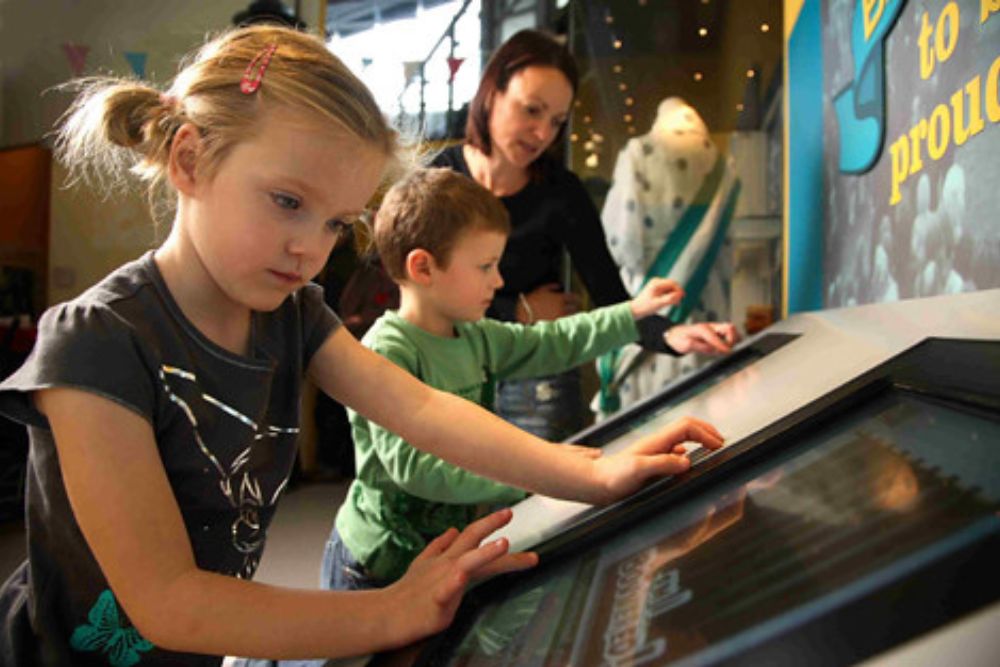
Great family tours strike a balance between fun and learning without feeling like a classroom field trip. Look for experiences that teach through discovery and play rather than formal instruction. Your kids should come home with new knowledge they’re excited to share, not facts they were forced to memorize.
Bathroom Access
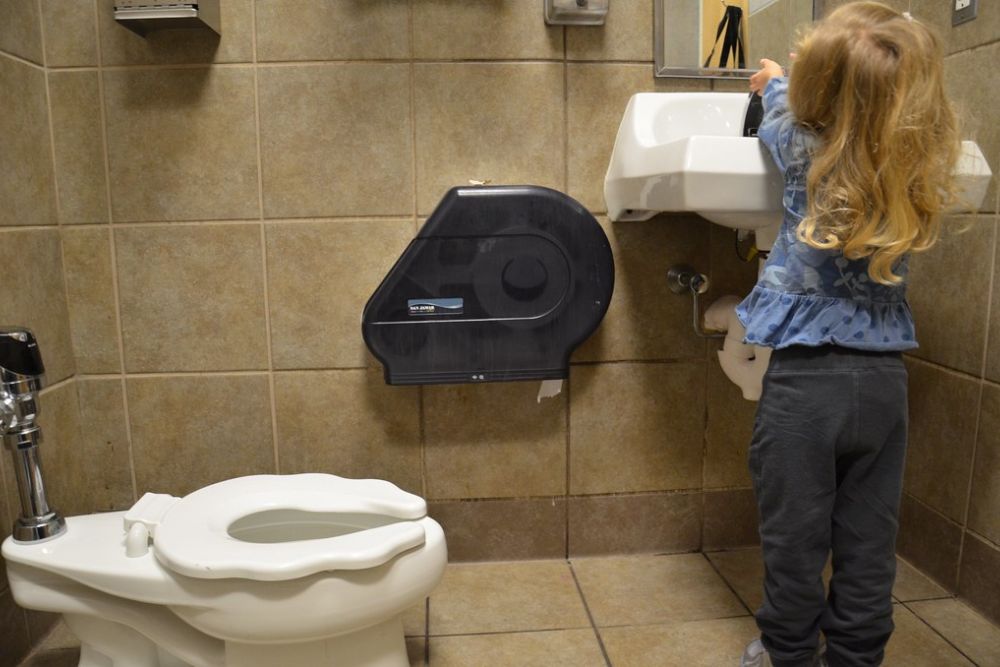
Nothing derails a family tour faster than a bathroom emergency with no facilities in sight. Quality family tour operators plan routes with regular restroom stops and know the location of every public facility along the way.
This might seem obvious, yet you’d be surprised how many tours overlook this basic necessity.
Like Travel Pug’s content? Follow us on MSN.
Food Considerations
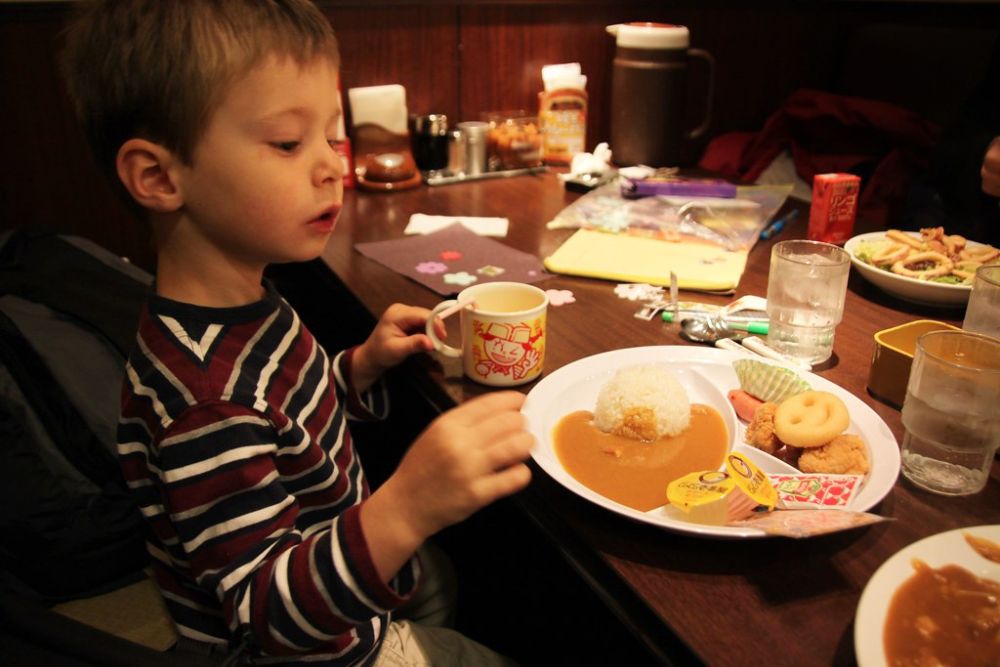
Whether it’s providing snacks, recommending family restaurants, or allowing time for meals, good tours accommodate the reality that kids need to eat regularly. Some operators even provide kid-friendly snacks or partner with nearby restaurants for family discounts, while tours that ignore meal timing or ban outside food often struggle with cranky, hungry children.
Small Group Sizes

Large groups make it harder for guides to manage individual needs and keep everyone engaged. This becomes especially challenging when dealing with different ages and energy levels. Look for tours capped at 12-15 people total, with even smaller groups being preferable for specialized activities, since smaller groups also mean more opportunities for kids to ask questions and participate actively.
Guide Experience
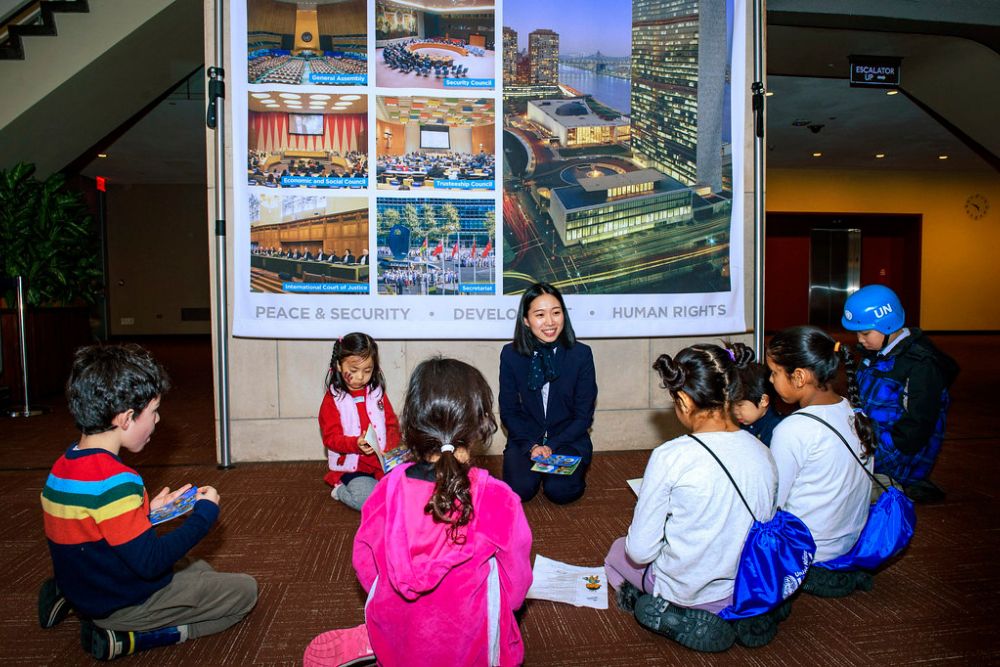
The best family tour guides have specific training or extensive experience working with children, not just general tourism knowledge. They should demonstrate patience, enthusiasm, and the ability to adapt their presentation style on the fly. However, a guide who gets flustered by normal kid behavior probably isn’t the right fit for your family adventure
Like Travel Pug’s content? Follow us on MSN.
Weather Backup Plans

Outdoor tours need solid contingency plans for rain, extreme heat, or other weather challenges that affect children more than adults. This might mean indoor alternatives, covered waiting areas, or flexible rescheduling options, while tours that operate ‘rain or shine’ without adaptation often end up with miserable families.
Physical Difficulty Level
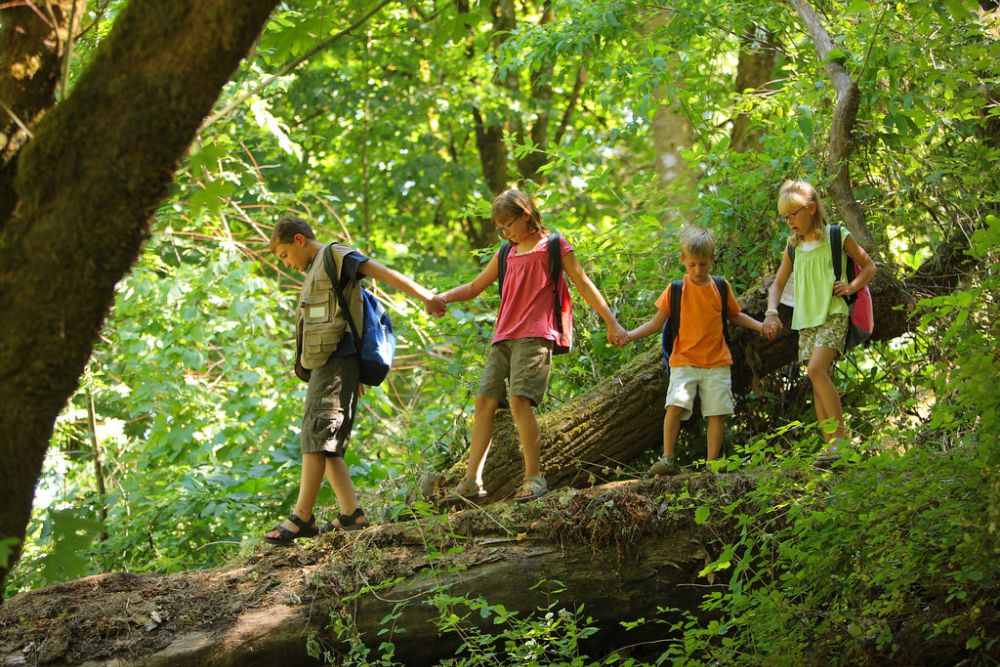
Honest assessments of walking distance, terrain difficulty, and physical demands help you choose appropriately for your family’s fitness level. A tour described as ‘easy walking’ should specify whether that means flat city sidewalks or uneven historic cobblestones.
Consider your least athletic family member when evaluating physical requirements, though don’t let that discourage reasonable challenges.
Comfortable Transportation
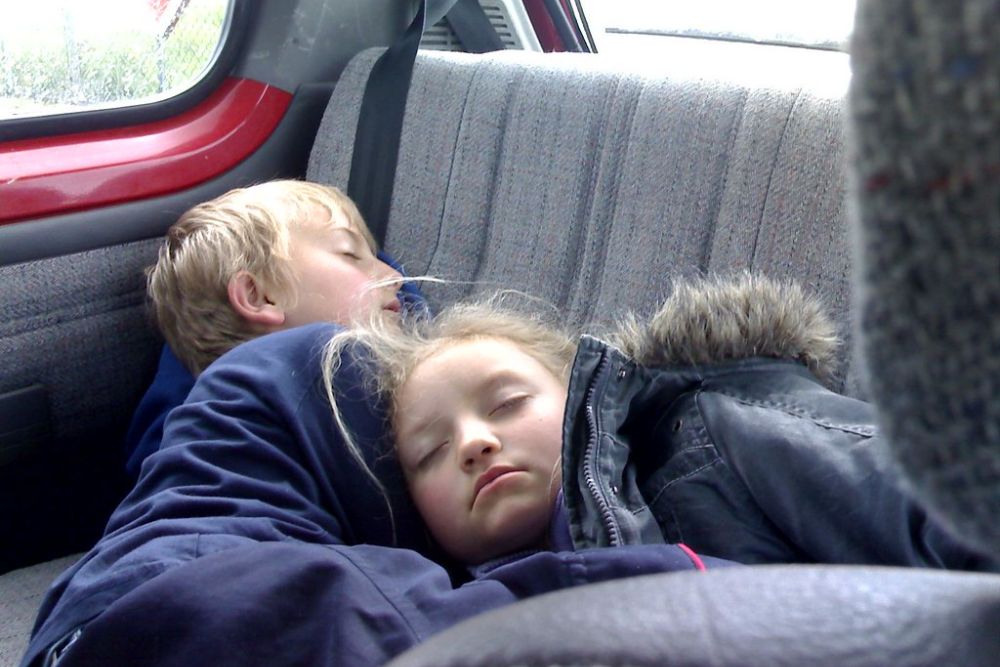
If tours include vehicle transport, check that it offers proper car seats, air conditioning, and enough space for everyone to sit comfortably. Some operators use vehicles designed for adults that become uncomfortable quickly for children on longer journeys.
Cramped, hot transportation can sour the entire experience before you even reach your destination.
Like Travel Pug’s content? Follow us on MSN.
Transparent Pricing

Family tours can get expensive quickly, especially when fees per person multiply across multiple children. Look for operators who clearly outline all costs upfront, including any additional fees for activities, meals, or equipment rental.
Some companies offer family packages or discounts for children that make the experience more affordable, though it’s worth comparing total costs rather than just base prices
Flexibility for Meltdowns
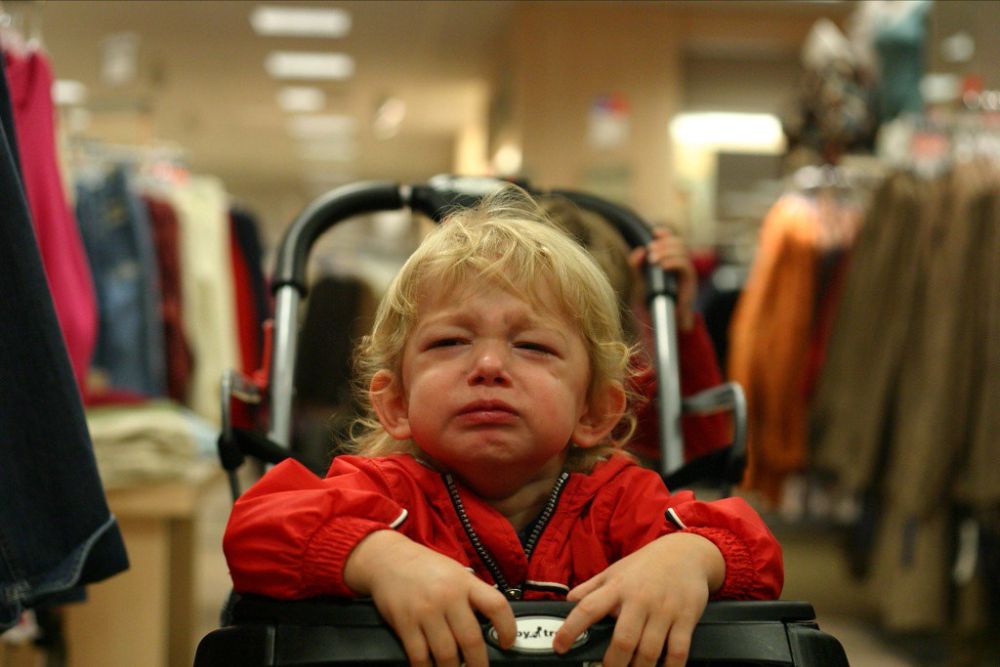
Experienced family tour operators understand that kids have bad moments. They build flexibility into their schedules accordingly. This might mean allowing brief breaks, having backup activities, or simply maintaining patience when someone needs a few minutes to regroup, yet rigid schedules that can’t accommodate normal childhood behavior often create stress for everyone.
Photo Opportunities
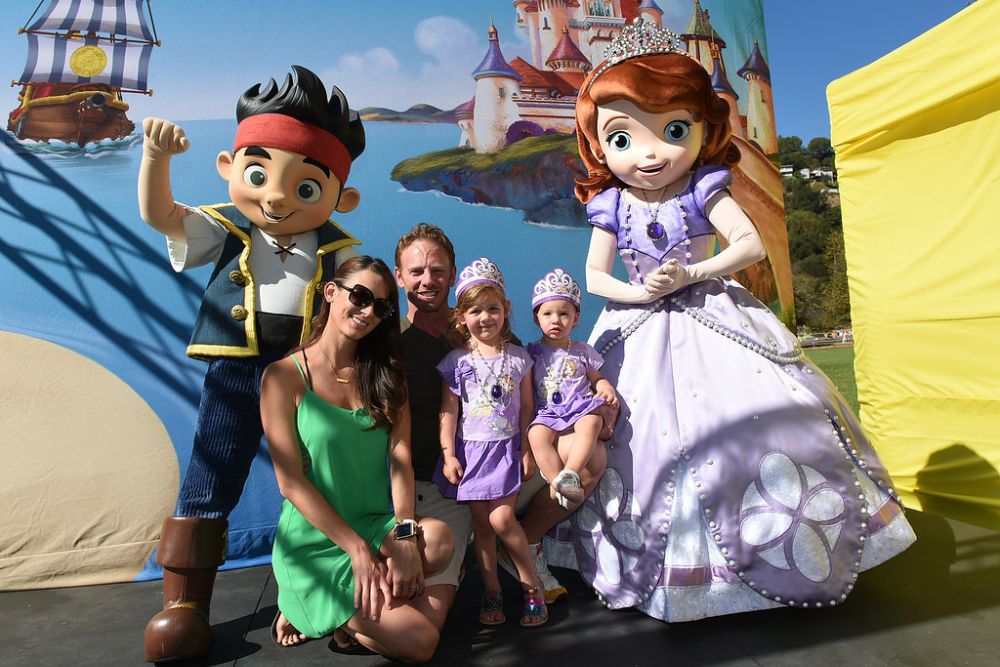
Kids love seeing themselves in pictures. Tours that incorporate fun photo spots or provide pictures create lasting memories beyond the experience itself.
Some operators even offer professional photos or teach families about great picture locations, while these visual memories often become more important to children than the educational content.
Like Travel Pug’s content? Follow us on MSN.
Souvenir Options
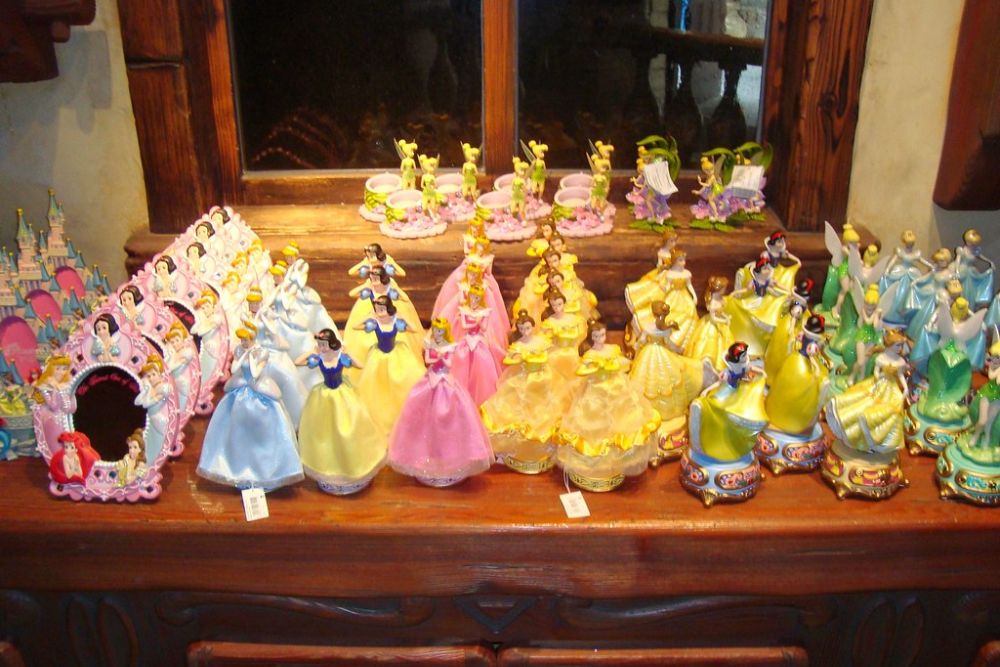
While not essential, tours that end near appropriate souvenir shops or include small keepsakes give kids something tangible to remember their adventure. This doesn’t need to be expensive tourist trap merchandise, but rather meaningful items connected to the experience.
Simple things like postcards, stickers, or small crafts can make the day feel complete for young participants.
Scheduled Rest Stops
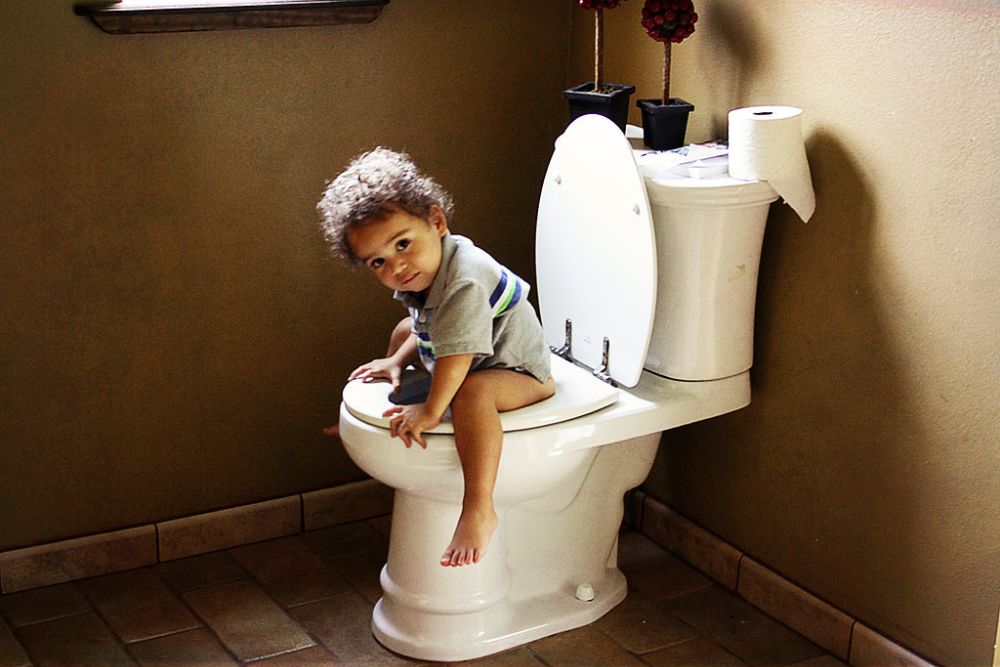
Regular breaks for snacks, bathroom visits, and just sitting down prevent the exhaustion that leads to family conflicts. Good family tours build these pauses into their itineraries rather than treating them as inconvenient delays.
Even 10-minute breaks every hour can make the difference between happy explorers and tired complainers, though the timing matters as much as the frequency.
Stroller Accessibility
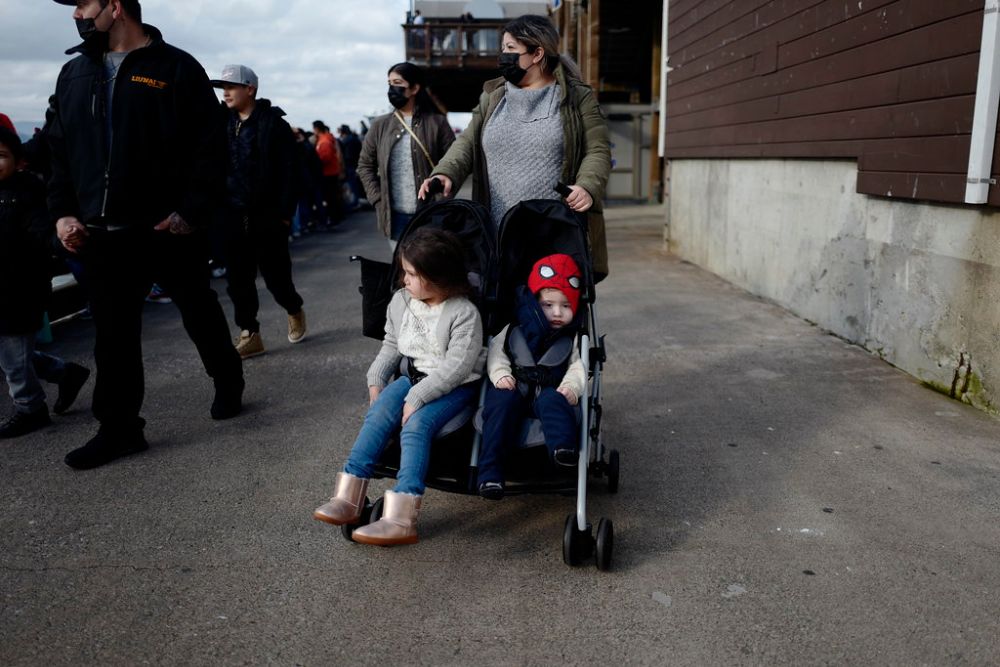
For families with young children, stroller-friendly routes eliminate the exhausting challenge of carrying tired kids while navigating unfamiliar areas. Tour operators should indicate whether their routes accommodate strollers and suggest alternatives when they don’t. Some destinations simply aren’t stroller-friendly, yet honest communication helps families prepare appropriately.
Like Travel Pug’s content? Follow us on MSN.
Emergency Procedures

Beyond basic first aid, family tour operators should have clear protocols for handling separated children, medical emergencies, or other crises. This includes communication plans for reaching parents and established relationships with local emergency services.
While nobody wants to think about emergencies, responsible operators prepare for them thoroughly.
Flexible Cancellation Policies

Family plans change due to illness, weather, or simply kids having off days. Reasonable cancellation and rescheduling policies protect your investment.
Look for operators who understand that family travel involves more variables than adult-only trips, though policies that allow changes within reasonable timeframes show that companies truly prioritize family satisfaction.
When Adventure Meets Reality
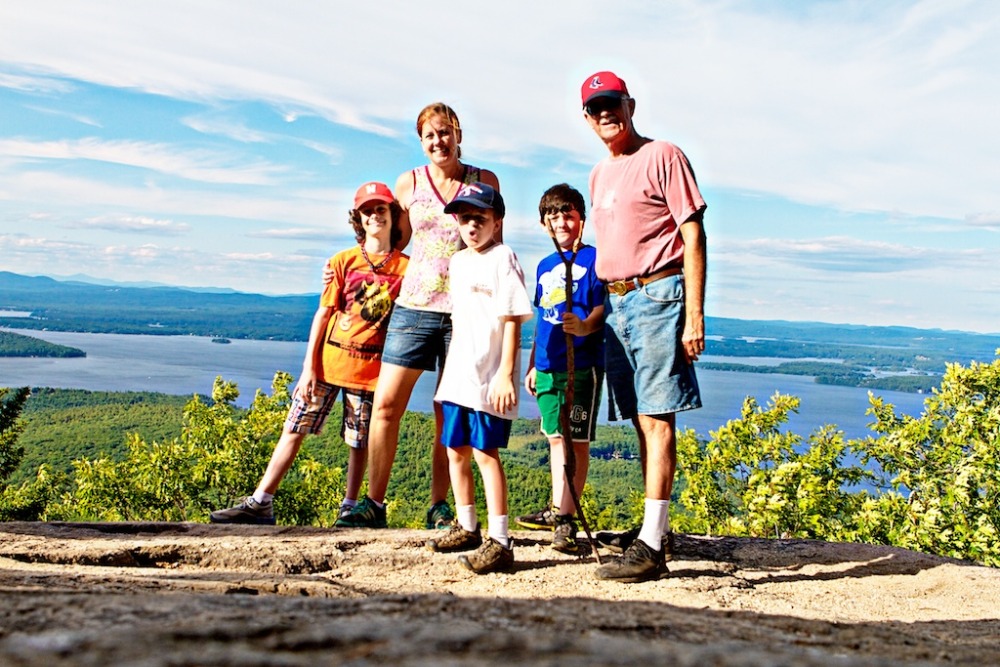
The travel industry has changed dramatically in the last decade. There are more operators that acknowledge that family travel is a vast market that needs specialized strategies. What began as merely letting children join adult tours has grown into elaborate experiences tailored to multi-generational families, but today’s top family tour operators realize that contented kids equal contented parents, which equals good reviews and return business.
The secret? Identifying those operators who’ve successfully made this transition, as opposed to those who still view families as an afterthought.
More from Travel Pug

- 20 Best Beach Towns in the Carolinas
- 13 Destinations Where Tourists Regularly Regret Their Trip
- 20 Things You Actually Get in First Class
- 20 Small Airports With Aviation Museums
- 20 Places in the U.S. That Are Perfect for a Reset Trip
Like Travel Pug’s content? Follow us on MSN.
